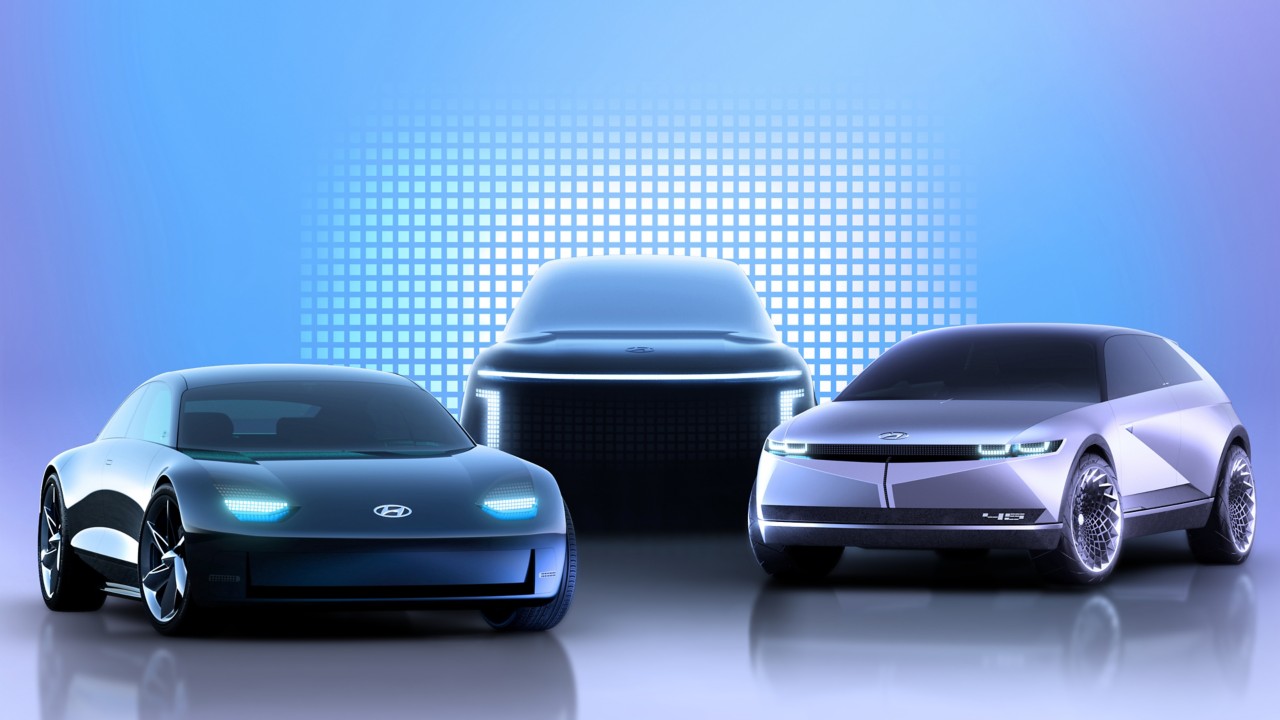In recent years, Hyundai has emerged as a prominent player in the automotive industry, not only for its innovative technologies but also for its forward-thinking approach to car design. This article delves into the futuristic concepts that Hyundai has been exploring in its car designs, showcasing how the company is shaping the future of mobility.
Evolution of Hyundai’s Design Philosophy
Hyundai’s design philosophy has evolved significantly over the decades, reflecting a blend of functionality, aesthetics, and technological advancement. Initially known for producing affordable and reliable vehicles, Hyundai has transitioned into a brand that emphasizes design innovation and sustainability.
Foundation of Hyundai’s Design Principles
- Fluidic Sculpture Era: Introduced in the early 2010s, Hyundai’s Fluidic Sculpture design philosophy focused on creating dynamic and fluidic forms inspired by nature. This approach marked a departure from traditional boxy designs to more organic and aerodynamic shapes.
- Sensuous Sportiness: Building upon Fluidic Sculpture, Hyundai’s current design philosophy, Sensuous Sportiness, aims to evoke emotional responses through design. It emphasizes proportion, architecture, styling, and technology integration to create cars that are visually appealing and technologically advanced.
Key Futuristic Concepts in Hyundai Car Design
Hyundai has been at the forefront of integrating futuristic concepts into its car designs, incorporating advanced technologies and innovative features to redefine the driving experience.
1. Electric Propulsion and Sustainability
As the automotive industry shifts towards sustainable practices, Hyundai has been actively developing electric vehicles (EVs) that embody futuristic design principles:
- Hyundai Ioniq 5: This EV represents Hyundai’s commitment to sustainability and futuristic design. It features a sleek exterior with clean lines and a minimalist interior that maximizes space and comfort. The Ioniq 5 is built on Hyundai’s Electric Global Modular Platform (E-GMP), enabling fast charging and long-range capabilities.
- Hyundai Vision FK: As a concept car, the Vision FK showcases Hyundai’s vision for future electric sports cars. It combines aerodynamic design with advanced electric propulsion technology to deliver high performance and efficiency.
Also Read : Decoding the Design Language of Hyundai Cars
2. Autonomous Driving and AI Integration
Hyundai is actively exploring autonomous driving technologies and integrating artificial intelligence (AI) into its vehicles to enhance safety, convenience, and the overall driving experience:
- Hyundai Prophecy Concept: Unveiled as a futuristic concept car, the Prophecy embodies Hyundai’s vision for autonomous driving. It features a sleek, aerodynamic exterior and an interior that seamlessly integrates AI to provide a personalized driving experience.
- Blue Link AI: Hyundai’s Blue Link AI is an advanced voice recognition system that allows drivers to control various vehicle functions using natural language commands. It demonstrates Hyundai’s commitment to integrating AI into everyday driving.
3. Advanced Materials and Manufacturing Techniques
In pursuit of lightweighting and sustainability, Hyundai is exploring advanced materials and manufacturing techniques to enhance the performance and efficiency of its vehicles:
- Hyundai Nexo: As a hydrogen fuel cell vehicle, the Nexo showcases Hyundai’s use of advanced materials to maximize efficiency and reduce environmental impact. It features a lightweight structure and aerodynamic design optimized for hydrogen fuel cell technology.
- 3D Printing: Hyundai has been experimenting with 3D printing technologies to create customized parts and components for its vehicles. This approach not only reduces manufacturing costs but also allows for complex designs that were previously impossible with traditional manufacturing methods.
4. Connected Car Technologies
Hyundai is leveraging connected car technologies to create a seamless and integrated driving experience, incorporating features such as:
- Hyundai Bluelink Connectivity: Bluelink allows drivers to remotely control their vehicle’s functions using a smartphone app. It includes features like remote start, climate control, and vehicle tracking, enhancing convenience and security.
- Vehicle-to-Everything (V2X) Communication: Hyundai is exploring V2X communication technologies that enable vehicles to communicate with each other and with infrastructure. This enhances safety by providing real-time information about road conditions and potential hazards.
Case Studies and Examples
To illustrate Hyundai’s commitment to futuristic car design, let’s examine a few notable case studies and examples:
Case Study: Hyundai Vision T Concept
The Hyundai Vision T Concept SUV showcases Hyundai’s commitment to sustainable design and advanced technology integration. It features a bold exterior design with sharp lines and an aggressive stance, signaling Hyundai’s future direction in SUV design. The Vision T is equipped with a plug-in hybrid powertrain and incorporates advanced aerodynamics to maximize efficiency.
Example: Hyundai 45 Concept
Unveiled at the Frankfurt Motor Show, the Hyundai 45 Concept pays homage to Hyundai’s first-ever mass-produced car, the Pony, while showcasing Hyundai’s future design direction. It features a retro-futuristic design with sharp angles and a minimalist interior that emphasizes connectivity and digital interfaces. The 45 Concept is an embodiment of Hyundai’s commitment to pushing the boundaries of automotive design.
Future Prospects and Challenges
While Hyundai has made significant strides in futuristic car design, several challenges and opportunities lie ahead:
- Battery Technology: Continued advancements in battery technology are crucial for enhancing the range and performance of electric vehicles.
- Regulatory Landscape: Adapting to evolving regulatory standards and emissions targets will shape Hyundai’s future design and manufacturing decisions.
- Consumer Expectations: Meeting consumer expectations for connectivity, safety, and sustainability will drive Hyundai’s innovation in car design.
Conclusion
Hyundai’s journey in exploring futuristic concepts in car design reflects its commitment to innovation, sustainability, and enhancing the overall driving experience. From electric propulsion and autonomous driving to advanced materials and connected car technologies, Hyundai continues to push the boundaries of what’s possible in automotive design. As the automotive industry evolves, Hyundai’s futuristic concepts pave the way for a more sustainable and technologically advanced future of mobility.
As Hyundai continues to innovate and adapt to changing market demands and technological advancements, its futuristic concepts in car design will likely play a pivotal role in shaping the future landscape of the automotive industry.
(source)
Originally posted 2024-07-19 06:37:55.
